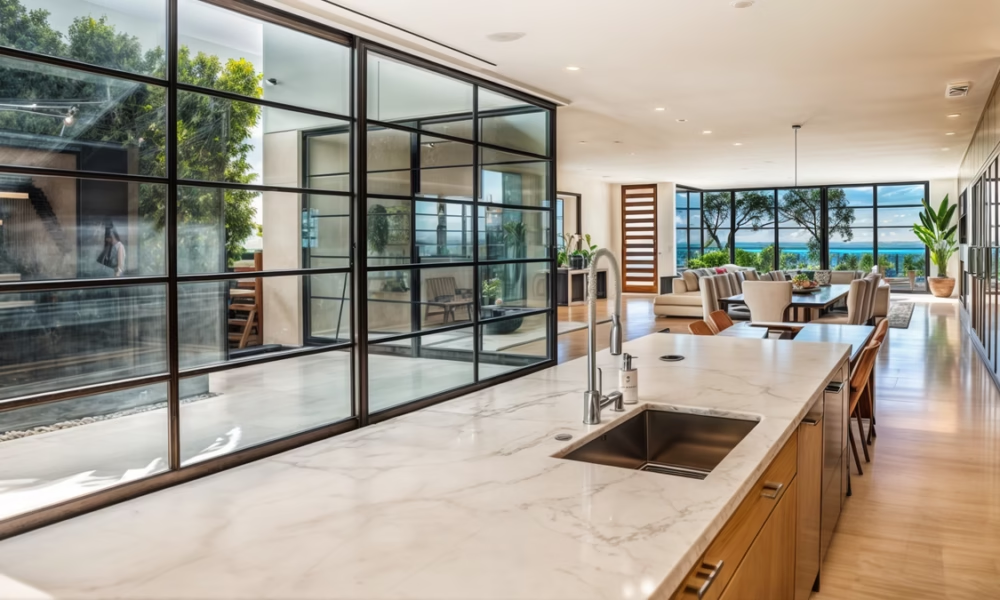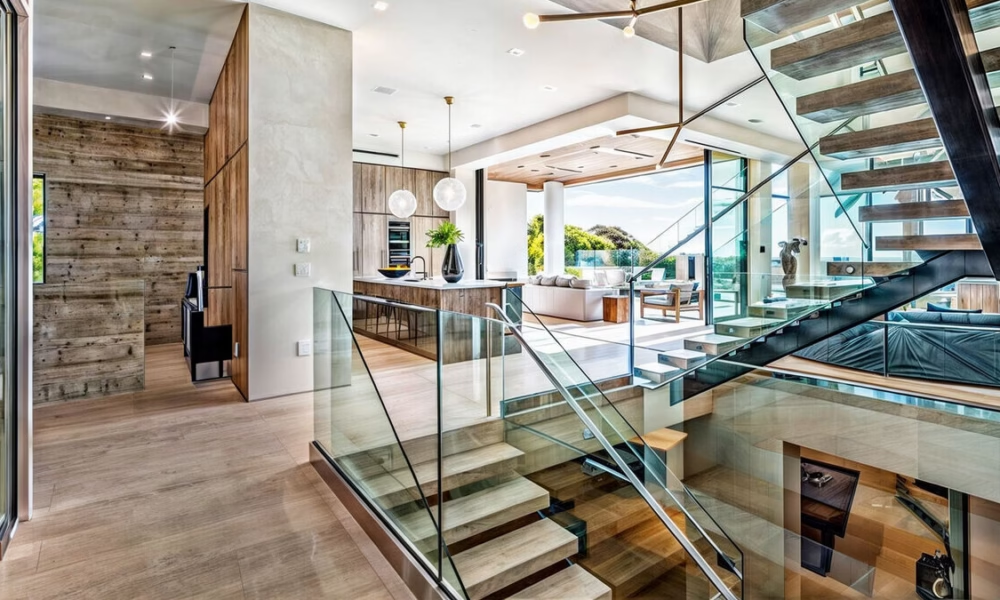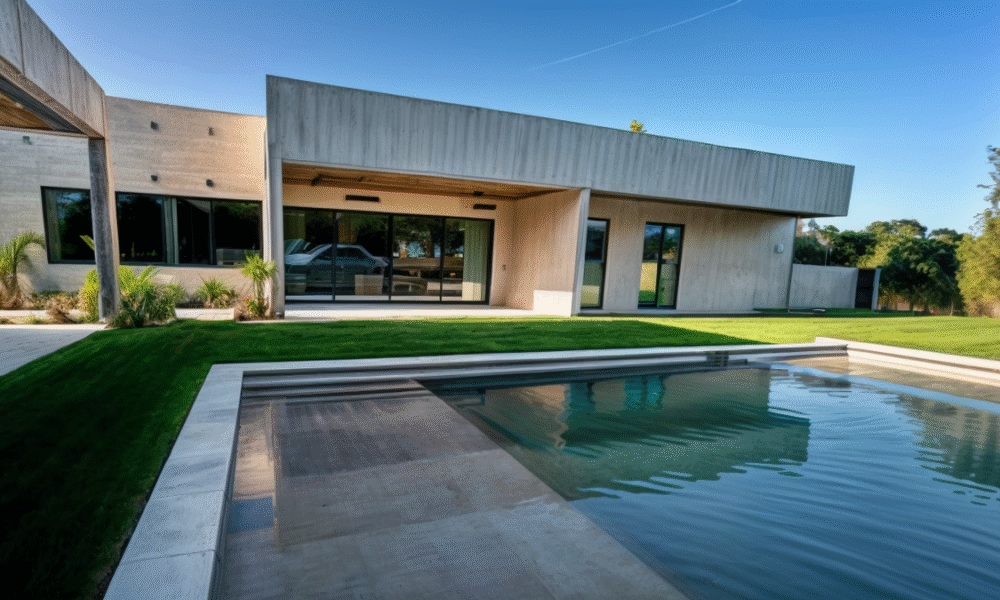-
Jun, Tue, 2025
How to Reinforce Your Windows Against Burglars: Keep Thieves Out!
In an era of rising awareness about property crime, securing windows (the most common entry point for intruders) is important for both homeowners and business owners. Whether you’re upgrading your window security film, installing anti‑theft locks, or adding smart glass break sensors, protecting these vulnerable spots can protect your valuables and give you peace of mind.
Property crime remains a serious concern. According to recent data, a burglary occurs every 51 seconds in the U.S., with approximately 842,000 reported cases in 2023 . Even more alarming, studies estimate that 75% of homes will experience a burglary within the next 20 years. For businesses, the figures are equally sobering: over 455,000 non-residential break-ins were reported in the U.S. last year.
For this reason, part of the annual budget of families and businesses should be allocated to the security of such vulnerable points as windows. Here are some tips for all budgets.

Burglary: One of America’s Hidden Problems
While overall crime rates may be trending downward, burglary remains a costly and invasive threat across the U.S. In 2018 alone, burglary victims suffered over $3.4 billion in property losses, with an average loss per incident nearing $2,800.
Most of these break-ins occur in residential settings. So, homes are the primary target, although commercial properties are far from being immune. Forced entry remains the most common method, followed by unauthorized access without damage, and a smaller percentage involving failed attempts.
In total, burglaries account for a significant portion of all property crimes in the U.S.– which highlights just how exposed many properties still are.
Common Window Vulnerabilities
Windows are one of the most attractive targets for burglars, and not just because of broken locks or open frames. Many break-ins happen because of small oversights or outdated installations that leave a property exposed.
Here are some of the most common weak points burglars look for:
- Standard Latches: Most stock window locks offer minimal resistance and can be easily forced open with a crowbar or even a screwdriver.
- Unsecured Sliding Windows: These are particularly vulnerable due to weak tracks and limited locking mechanisms.
- Single-Pane Glass: Older windows with single-pane glass shatter easily, providing little to no deterrent.
- Lack of Visibility or Lighting: Poorly lit areas around windows, especially inside or back entrances, make it easier for intruders to act unnoticed.
- Windows Left Open or Ajar: Even slightly open windows can be an invitation for break-ins — especially during hot weather or overnight.
- No Alarm Sensors or Surveillance: A window without a contact sensor, motion detector, or visible camera is a soft spot in your security perimeter.
How to Secure Your Windows from Burglars
Once you understand the vulnerabilities, it’s time to reinforce your windows with solutions that actually work, not just deter. Below are the most effective ways to secure residential and commercial windows from burglars and drastically reduce the risk of break-ins.
Install Impact-Resistant Glass
One of the most effective upgrades you can make is replacing standard window panes with impact-resistant glass. This type of glass is engineered to withstand strong physical force, including strikes from blunt objects, thrown projectiles, or attempted forced entry. Even if it cracks, it typically stays intact within its frame, making it extremely difficult for burglars to breach.
Often used in hurricane zones, shatter-resistant or laminated glass is now becoming a popular choice for urban homes and businesses. This provides both security and durability without compromising aesthetics.
Use Window Security Film
For a more affordable, but still highly effective layer of protection, consider applying window security film. This transparent film reinforces your existing glass and makes it harder to shatter or break apart on impact. It’s also a great option for storefronts or glass doors, where full window replacement might not be feasible.
Add Reinforced Locks and Anti-Lift Devices
Replace weak latches with heavy-duty window locks or keyed locking mechanisms. For sliding windows, installing anti-lift devices or pin locks can prevent intruders from simply lifting the panel off its track.
Install Smart Window Sensors and Alarms
Modern window contact sensors, glass break detectors, and even motion-activated lights can alert you, or law enforcement, the moment someone tries to tamper with your windows. These devices are affordable, easy to install, and compatible with most home security systems.
Use Window Bars or Decorative Grilles for High-Risk Areas
In neighborhoods or commercial districts with high break-in rates, adding security bars or custom grilles can serve as a strong visual deterrent and physical barrier. This is especially true for ground-floor windows or back entrances.

More Tips to Deter Burglars
In addition to techniques to reinforce your window or glass, you can start with these useful tips:
Discourage Intruders with Visible Deterrents and Tech
- Exterior Lighting: Bright motion-activated floodlights around windows discourage night-time attempts and increase surveillance footage clarity.
- Security Cameras: Place visible cameras with motion sensors near entry points to both deter and record any suspicious activity.
- Alarms and Sensors: Equip your windows with glass break sensors, window contact alarms, or smart home integrations for instant alerts during an attempted intrusion.
- Window Well Covers: For homes with basement windows, install secure well covers to block access from below ground level.
- Natural Deterrents: Plant thorny shrubs like rose bushes under accessible windows to create a low-maintenance physical barrier.
Maintain Visibility and Appearance
- Keep Windows Clean and Well-Maintained: Well-cared-for windows signal that a home or business is regularly monitored, an easy psychological deterrent for opportunistic burglars.
- Trim Nearby Shrubs and Trees: Overgrown vegetation provides cover for intruders. Keep the area around windows clear and open to maximize natural surveillance.
👉 You may also be interested in reading: How Do We Protect Our Home or Business from Looters, Rioters or Burglaries?
Windows are more than architectural features. They’re access points that demand the same level of security as doors. Whether you’re securing your home or business, reinforcing your windows is not just a precaution, it’s a proactive step toward full protection.
Among the many options available, impact-resistant glass stands out as the most effective and long-term solution. At PRL Glass & Aluminum, we specialize in providing high-performance glazing solutions that combine security, design, and durability. Our impact-resistant windows are engineered to withstand forced entry while maintaining a sleek, modern look.
For maximum protection, pair reinforced glass with our signature Battle doors. These aluminum-framed, security-grade doors are designed to resist both physical impact and environmental threats. Together, they form a complete system that transforms your property into a fortified, yet elegant, space.



















